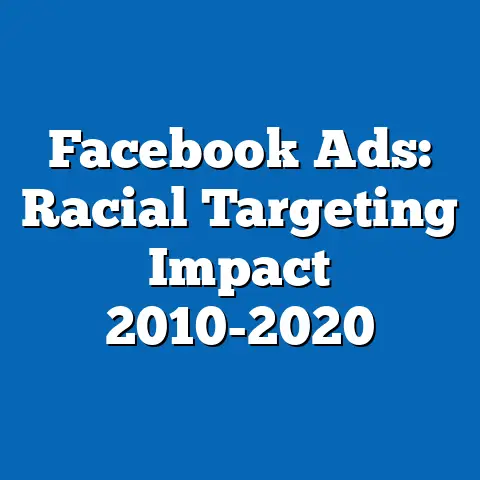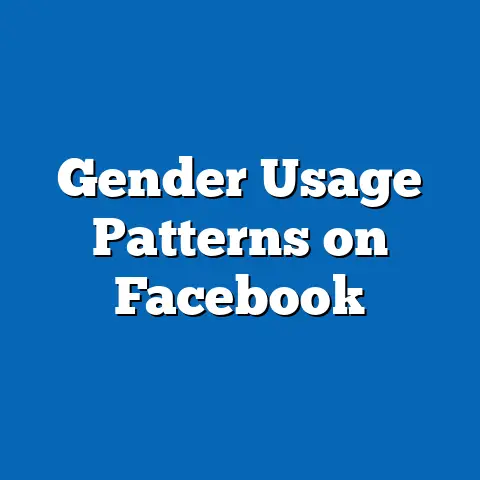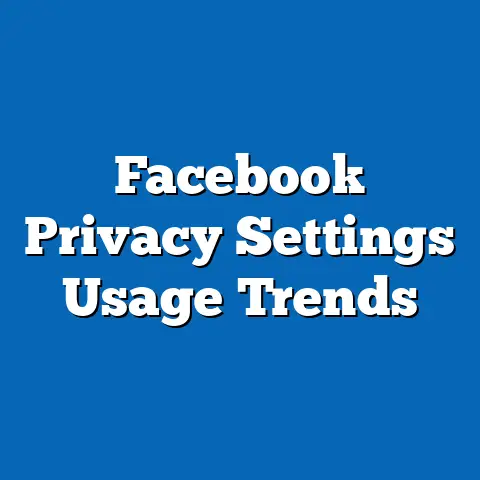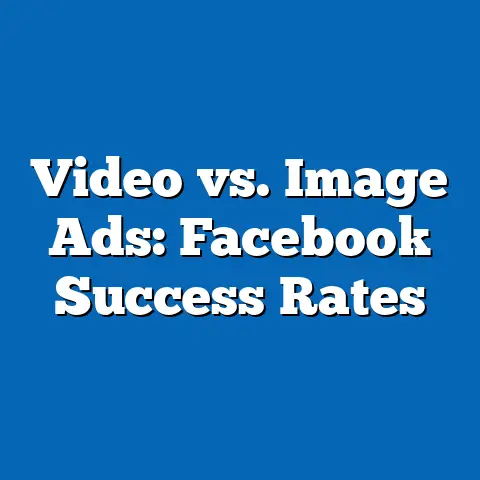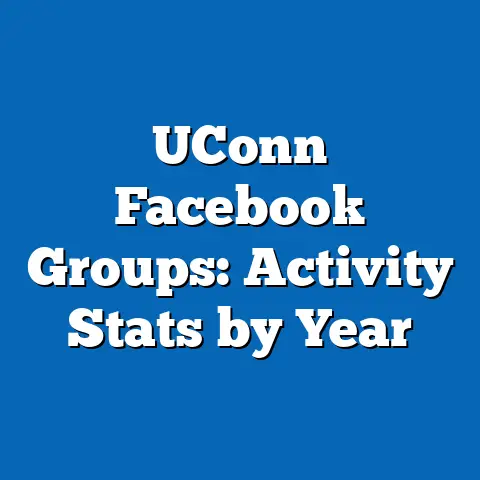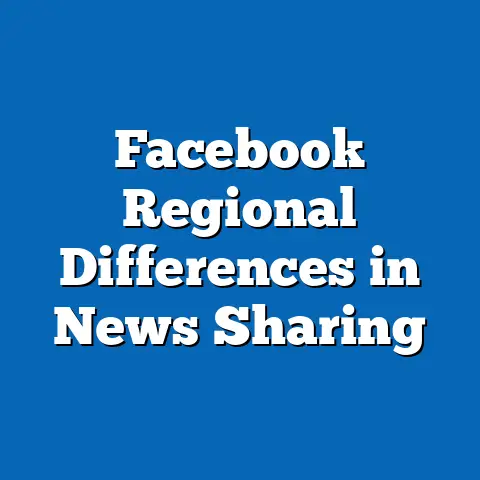Mobile vs. Desktop Ad Effectiveness on Facebook
Generational Perspectives on Mobile vs. Desktop Ad Effectiveness on Facebook
Introduction: Setting the Lifestyle Scene
Imagine a bustling coffee shop in a mid-sized city, where a diverse group of people scrolls through their feeds on Facebook. A Millennial in their late 20s sips a latte while swiping through targeted ads on their smartphone, quickly tapping on a sponsored post for sustainable clothing that aligns with their values of environmental consciousness and social justice. Across the table, a Gen X parent checks Facebook on their laptop, methodically reviewing ads for family vacations, influenced by their pragmatic approach to work-life balance and economic stability shaped by the dot-com boom and bust.
This scene captures the everyday intersection of technology, advertising, and generational lifestyles. Defining characteristics of generations—such as Millennials’ digital nativity and Gen X’s tech-savvy adaptability—play out in how they engage with platforms like Facebook.
Historical context is crucial here: Facebook, launched in 2004 amid the rise of social media, has evolved from a desktop-centric college network to a mobile-dominated global powerhouse, mirroring broader societal shifts like the smartphone revolution in the late 2000s.
Societal implications are profound, as ad effectiveness on mobile versus desktop not only influences consumer behavior but also exacerbates digital divides, privacy concerns, and economic inequalities across generations.
By the mid-2010s, however, the mobile revolution transformed the landscape. The launch of the iPhone in 2007 and subsequent Android devices accelerated smartphone adoption, particularly among Millennials (born 1981-1996) and Gen Z (born 1997-2012), who grew up with these technologies as extensions of their daily lives. Historical events like the Great Recession of 2008 further influenced this shift, as Millennials faced economic uncertainty and turned to mobile apps for affordable entertainment and job searches, while Facebook adapted by optimizing for mobile ads.
This evolution highlights how technological factors, such as the proliferation of high-speed mobile networks, have differentially impacted generations. For instance, older generations like Baby Boomers (born 1946-1964) often retained desktop preferences due to familiarity with traditional computing, whereas younger cohorts prioritized mobility and immediacy.
Societally, this transition has amplified concerns about digital inequality. Research from the Pew Research Center (2023) indicates that while 97% of Gen Z adults own smartphones, only 72% of Boomers do, creating disparities in ad exposure and effectiveness. This historical backdrop sets the stage for analyzing how mobile versus desktop ads on Facebook perform across generations, considering economic factors like ad revenue models and cultural shifts toward personalized content.
Defining Generations and Their Key Characteristics
To understand ad effectiveness, we must first define generations through their core traits, shaped by historical, technological, and social contexts. Generations are not monolithic; they encompass diverse individuals influenced by varying life experiences, geographies, and socioeconomic backgrounds. Millennials, for example, are often characterized by their tech fluency and emphasis on experiences over possessions, forged by events like 9/11 and the digital age’s onset.
In contrast, Gen X represents a bridge generation, marked by independence and skepticism toward institutions, stemming from the economic volatility of the 1970s and 1980s. Baby Boomers, shaped by post-World War II prosperity and civil rights movements, tend to value stability and community, though many have adapted to digital tools later in life. Gen Z, the first “digital natives,” exhibit hyper-connectivity and a preference for authenticity, influenced by social media’s rise and events like the COVID-19 pandemic.
These characteristics influence how each generation interacts with Facebook ads. Quantitative data from Meta’s 2022 advertising reports show that Millennials and Gen Z account for 70% of mobile ad interactions, driven by their constant connectivity, while Gen X and Boomers favor desktop for more deliberate engagements.
Social and cultural factors further nuance this. Economic pressures, such as student debt for Millennials or retirement concerns for Boomers, affect ad receptivity; a mobile ad for quick financial services might resonate more with younger users on the go. Acknowledging diversity within generations is essential—rural Gen Zers may have less mobile access than urban counterparts, avoiding broad generalizations.
Mobile vs. Desktop Usage Patterns by Generation
Facebook’s platform dynamics reveal stark generational differences in mobile versus desktop usage, which directly impact ad effectiveness. According to a 2023 Statista report, 84% of Gen Z and 78% of Millennials access Facebook primarily via mobile devices, compared to just 42% of Boomers. This pattern stems from technological adoption rates: younger generations, accustomed to seamless mobile experiences, spend an average of 58 minutes daily on Facebook’s mobile app, versus 28 minutes on desktop for older users.
Desktop usage, conversely, is more prevalent among Gen X and Boomers, who often prefer larger screens for detailed interactions, such as reading articles or managing profiles. A study by eMarketer (2022) found that desktop sessions are 25% longer for these groups, allowing for deeper ad engagement, like clicking through to websites. However, mobile’s dominance is undeniable, with global mobile ad spend on Facebook reaching $100 billion in 2023, per Kantar data.
Cultural and economic factors play a role here. Millennials and Gen Z, influenced by the gig economy and remote work trends, integrate mobile devices into their fast-paced lifestyles, making ads feel more intrusive yet immediate. In comparison, Gen X’s work-oriented habits lead to more focused desktop use, potentially increasing ad recall.
Qualitative research from Nielsen (2023) highlights nuances: while mobile ads boast higher click-through rates (CTRs) among younger users—averaging 1.2% versus 0.8% for desktop—older generations report higher conversion rates on desktop due to less distraction. This contrast underscores the need to avoid oversimplification; not all Gen Z users are impulsive mobile scrollers, just as not all Boomers shun smartphones.
Ad Effectiveness Metrics: A Generational Comparison
Effectiveness of ads on Facebook can be measured through metrics like CTR, conversion rates, and return on ad spend (ROAS). Data from Meta’s Business Insights (2023) shows mobile ads outperform desktop ones overall, with a 15% higher CTR globally, but generational breakdowns reveal subtleties. For Gen Z, mobile ads achieve a CTR of 2.1%, driven by their preference for short-form content like Reels, compared to 1.0% for desktop ads among the same group.
Millennials mirror this trend, with mobile CTRs at 1.8% versus 0.9% on desktop, influenced by their multitasking habits—checking ads while commuting or socializing. Gen X, however, sees comparable effectiveness: mobile CTRs at 1.3% and desktop at 1.2%, reflecting their balanced tech use. Boomers favor desktop, where CTRs reach 1.0% versus 0.7% on mobile, as per a Pew study analyzing user behavior.
Economic factors, such as ad pricing, amplify these differences. Mobile ads on Facebook are 20% cheaper to run than desktop ones, according to WordStream (2023), making them attractive for brands targeting cost-sensitive younger audiences. Socially, this ties into privacy concerns: Gen Z’s higher mobile engagement correlates with greater awareness of data tracking, potentially leading to ad fatigue.
Expert perspectives, like those from marketing professor Karen Nelson-Field, emphasize that ad effectiveness isn’t just about metrics; it’s about context. Her research at the University of South Australia (2022) notes that mobile ads foster emotional connections for Millennials through personalized content, while desktop ads build trust for older generations via detailed information. This comparison avoids stereotypes by recognizing that effectiveness varies within generations based on factors like education and income levels.
Technological, Economic, Social, and Cultural Influences
Several intertwined factors shape how generations respond to mobile versus desktop ads on Facebook. Technologically, the shift to mobile-first interfaces has been pivotal, with Facebook’s algorithm prioritizing mobile-friendly content since 2014. This aligns with Gen Z and Millennials’ expectations for instant gratification, as evidenced by a 2023 Ofcom report showing 90% of young adults expecting under-three-second load times on mobile.
Economically, ad effectiveness influences marketplace dynamics. Mobile ads generate higher ROAS for e-commerce brands targeting younger demographics, with Shopify data (2023) indicating a 25% uplift in sales from mobile campaigns aimed at Millennials. For Gen X and Boomers, desktop ads often yield better long-term value, such as in B2B sectors, due to their research-oriented behavior. Socially, this reflects broader trends: the COVID-19 era accelerated mobile adoption, blurring work and personal life for all generations.
Culturally, values like sustainability and diversity drive ad resonance. A study by Edelman (2022) found that Gen Z users are 30% more likely to engage with mobile ads promoting ethical brands, contrasting with Boomers’ preference for desktop ads from established institutions. Acknowledging nuances, economic disparities mean that low-income Gen Xers might rely on mobile for cost reasons, affecting ad perceptions. Workplace implications are significant; employers using Facebook ads for recruitment see higher mobile engagement from Millennials, potentially reshaping hiring practices.
Societal Implications and Generational Dynamics
The effectiveness of mobile versus desktop ads on Facebook extends beyond individual behavior, carrying wide-reaching societal implications. For younger generations, mobile ads reinforce a culture of constant connectivity, which can exacerbate mental health issues like anxiety, as noted in a 2023 American Psychological Association report linking social media use to stress among Gen Z. This raises questions about societal accountability, with experts like Shoshana Zuboff warning of “surveillance capitalism” in her book The Age of Surveillance Capitalism.
Older generations, meanwhile, may experience digital exclusion if desktop ads dominate certain services, widening the generational divide in access to opportunities. Economic implications include advertising’s role in inequality: mobile ads’ targeted nature can perpetuate biases, such as gender or racial stereotypes, as highlighted in a 2022 FTC study. Culturally, this influences consumer trends, with Millennials driving demand for inclusive advertising on mobile platforms.
In the workplace, ad effectiveness shapes professional development; for instance, desktop ads for online courses appeal more to Gen X, fostering lifelong learning, while mobile ads for gig work attract Gen Z. Society must address these dynamics through policies promoting digital literacy, as recommended by the World Economic Forum (2023), to mitigate implications like privacy erosion and misinformation.
Implications for Society, Culture, and the Workplace
From a societal standpoint, the dominance of mobile ads could accelerate cultural shifts toward ephemeral content, impacting attention spans and interpersonal relationships across generations. A 2023 study by the Journal of Advertising Research found that mobile ad exposure correlates with increased impulse buying among Millennials, potentially fueling consumerism and environmental strain. In culture, this manifests in evolving norms around privacy and data rights, with Gen Z advocating for regulations like the EU’s GDPR.
Workplace implications are equally critical. Employers leveraging Facebook ads must adapt to generational preferences: mobile strategies for recruiting tech-savvy Millennials, and desktop-focused campaigns for Gen X’s detail-oriented approach. Economic factors, such as the gig economy’s growth, mean mobile ads could empower workforce flexibility for younger users while challenging older ones’ job security.
Acknowledging uncertainties, future trends depend on technological advancements like AI, which might equalize ad effectiveness but also introduce new biases.
Forward-Looking Insights and Conclusion
Looking ahead, the evolving landscape of mobile versus desktop ads on Facebook will likely favor hybrid approaches, blending the immediacy of mobile with the depth of desktop to bridge generational gaps. Experts predict that by 2030, advancements in 5G and AR could boost mobile ad effectiveness for all ages, as per a Gartner forecast (2023), though challenges like regulatory scrutiny may temper this.
Generational dynamics will continue to shape outcomes, with Gen Alpha (born after 2012) potentially redefining norms through even greater mobile integration. However, uncertainties remain, including potential platform declines amid competition from TikTok or regulatory changes.
In conclusion, understanding mobile versus desktop ad effectiveness on Facebook through a generational lens reveals the intricate interplay of history, technology, and society. By fostering nuanced, inclusive strategies, we can harness these insights for a more equitable digital future, while remaining vigilant to evolving trends and diverse needs.
Bibliography:
– Pew Research Center. (2023). Mobile Fact Sheet.
– Meta. (2023). Facebook Advertising Reports.
– Statista. (2023). Social Media Usage by Generation.
– eMarketer. (2022). Digital Ad Spending Report.
– Nielsen. (2023). Consumer Engagement Study.
– WordStream. (2023). Ad Benchmark Report.
– Edelman. (2022). Trust Barometer.
– Zuboff, S. (2019). The Age of Surveillance Capitalism.
– World Economic Forum. (2023). Digital Inclusion Report.
– Gartner. (2023). Future of Advertising Forecast.

